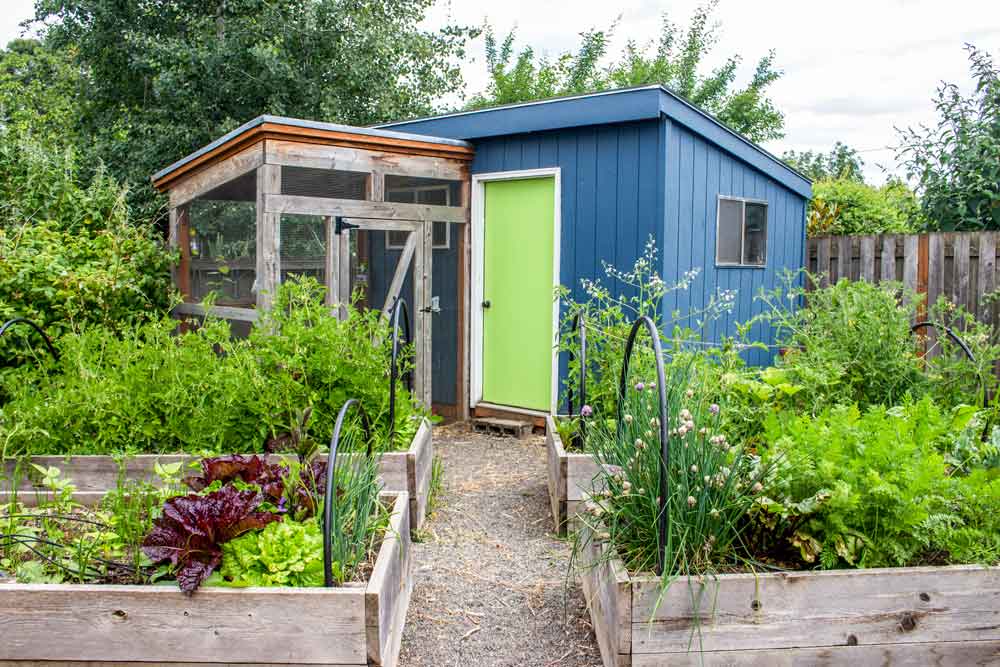Homesteading offers a fulfilling and sustainable lifestyle, allowing individuals to live more self-sufficiently. However, many potential homesteaders worry about the costs associated with starting this journey. The good news is that there are numerous ways to learn how to homestead on a budget without sacrificing quality or effectiveness. By employing strategic planning and resourceful methods, you can create a successful homestead without breaking the bank.

Understanding the Basics of Homesteading
Before diving into the specifics of budgeting, it’s important to understand what homesteading entails. Essentially, homesteading is about creating a lifestyle that emphasizes self-reliance and sustainability. This can include activities such as growing your own food, raising livestock, and producing your own household goods.
Defining Your Homesteading Goals
One of the first steps in learning how to homestead on a budget is defining what you want to achieve. Do you want to grow a garden, raise chickens, or perhaps start a small farm? Understanding your goals will help you allocate your resources more effectively.
Creating a Homesteading Plan
Once you’ve identified your goals, it’s time to create a detailed plan. Outline the steps needed to achieve your objectives, and consider the costs associated with each step. This plan will serve as a roadmap, helping you stay organized and focused.
Budget-Friendly Homesteading Tips
Start Small and Scale Up
It’s tempting to dive headfirst into homesteading, but starting small is often more manageable and cost-effective. Begin with a simple project, such as a small vegetable garden, and gradually scale up as you gain experience and confidence.
Utilize Free or Low-Cost Resources
There are many resources available for aspiring homesteaders that won’t cost a dime. Consider joining local gardening clubs, participating in community workshops, or taking advantage of online forums and social media groups. These resources can provide valuable information and support.
Repurpose and Recycle Materials
One of the most effective ways to save money is to repurpose and recycle materials whenever possible. Old pallets, for example, can be turned into raised garden beds or compost bins. Get creative and think about how you can reuse items you already have.
Barter and Trade with Others
Bartering is a time-tested way of obtaining needed goods and services without spending money. Connect with other homesteaders in your area to trade skills, produce, or equipment. This approach not only saves money but also builds a sense of community.
Learn to Do It Yourself
Acquiring new skills can greatly reduce your homesteading expenses. Learn to make yogurt at home, or try your hand at woodworking projects. These skills can reduce your reliance on store-bought products and allow you to customize your homestead to your liking.
Cost-Effective Gardening Techniques
Start with Seeds Instead of Seedlings
Purchasing seeds is often more affordable than buying seedlings. Additionally, growing plants from seeds allows you to choose from a wider variety of plant types.
Implement Companion Planting
Companion planting involves growing different plants together to enhance growth and repel pests. This method can improve your garden’s productivity without the need for expensive fertilizers or pesticides.
Practice Crop Rotation
Crop rotation is a simple yet effective technique for maintaining soil health and reducing pest problems. By rotating crops, you can minimize the need for costly soil amendments and pest control measures.
Harvest Rainwater
Collecting rainwater is an excellent way to reduce your water bills and ensure a steady supply of water for your homestead. Setting up a rainwater collection system can be done inexpensively and will pay off in the long run.
Frugal Livestock Management
Raise Chickens for Eggs
Chickens are relatively low-maintenance animals that provide a steady supply of eggs. They can be housed inexpensively and fed kitchen scraps along with commercial feed.
Consider Raising Rabbits
Rabbits are another cost-effective option for homesteaders. They require minimal space and can be raised for both meat and fur.
Focus on Multi-Purpose Animals
Choosing animals that serve multiple purposes can maximize the value of your investment. For example, goats can provide milk, meat, and fiber, making them a versatile choice for budget-conscious homesteaders.

Frequently Asked Questions
What are the initial steps to start homesteading on a budget?
Start by defining your goals and creating a detailed plan. Focus on small, manageable projects and gradually scale up as you gain experience.
How can I save money on homesteading supplies?
Utilize free or low-cost resources, repurpose materials, and barter with others. Learning to do things yourself can also significantly reduce costs.
Is it possible to homestead in urban areas?
Yes, urban homesteading is possible and increasingly popular. You can adapt homesteading practices to fit smaller spaces and urban environments. For more information, consider checking out this guide.
For more insights and ideas, you can explore additional resources on homesteading such as woodworking projects or making yogurt at home.
Embarking on a homesteading journey can be both rewarding and economical. By following these tips and staying resourceful, you can enjoy a fulfilling homesteading lifestyle without straining your finances.





